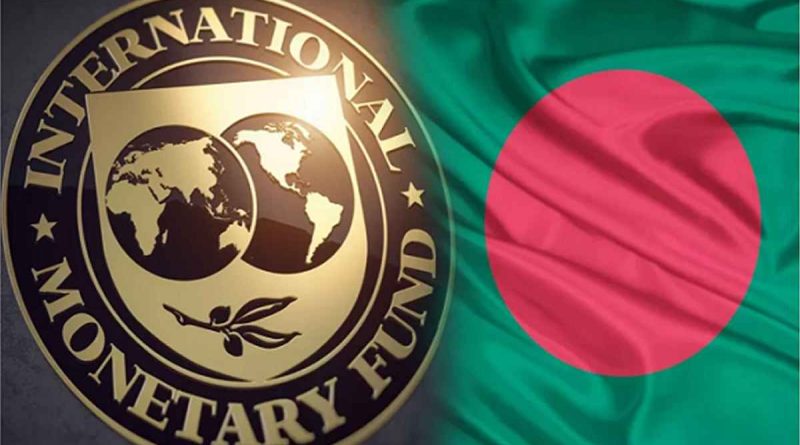For the first time, the International Monetary Fund (IMF) has set a ceiling on Bangladesh’s foreign borrowing, allowing the country to take a maximum of $8.44 billion in loans in the fiscal year 2025-26.
The condition was outlined in the IMF’s recently published Bangladesh Country Report, following the release of $1.34 billion in the fourth and fifth tranches of its ongoing loan programme in June. The new ceiling is one of several requirements Bangladesh must meet to access upcoming disbursements.
According to the IMF’s framework, quarterly borrowing limits have also been set: up to $1.91 billion in the first quarter, $3.34 billion in the first half, $4.34 billion in nine months, and $8.44 billion by the end of the fiscal year. The IMF will review foreign loan progress every three months.
The Economic Relations Division (ERD) reported that the government borrowed $8.57 billion in FY25, slightly higher than the new limit. In July, the first month of FY26, external loans amounted to just $202 million.
When the IMF first approved a $4.7 billion loan package for Bangladesh in 2023, no such restrictions were imposed. However, during the June review, the programme size was increased by $800 million and extended by six months, with the new borrowing cap introduced. So far, Bangladesh has received $3.6 billion from the programme.
A senior finance ministry official said the ceiling was set in line with the IMF’s latest Debt Sustainability Analysis (DSA), which assessed Bangladesh as a “medium-risk” country for two consecutive fiscal years. Previously, it was rated “low-risk,” but rising debt-service obligations compared to export and revenue earnings have pushed the risk higher.
According to the DSA, Bangladesh’s debt-to-export ratio jumped to 162.7% in FY24, far above the projected 116-118%. The debt-to-revenue ratio also worsened, limiting further borrowing capacity.
Foreign debt ballooned during the Awami League’s tenure due to heavy spending on mega projects and Covid-19-related expenses. The Asian Development Bank (ADB) noted that Bangladesh’s external debt has more than tripled in 13 years—one of the fastest growth rates in South Asia.
Government data show foreign debt stood at $20.3 billion in FY10, rising to $80.2 billion in FY25. Interim government officials, however, argue that borrowing trends have moderated compared to recent years.






